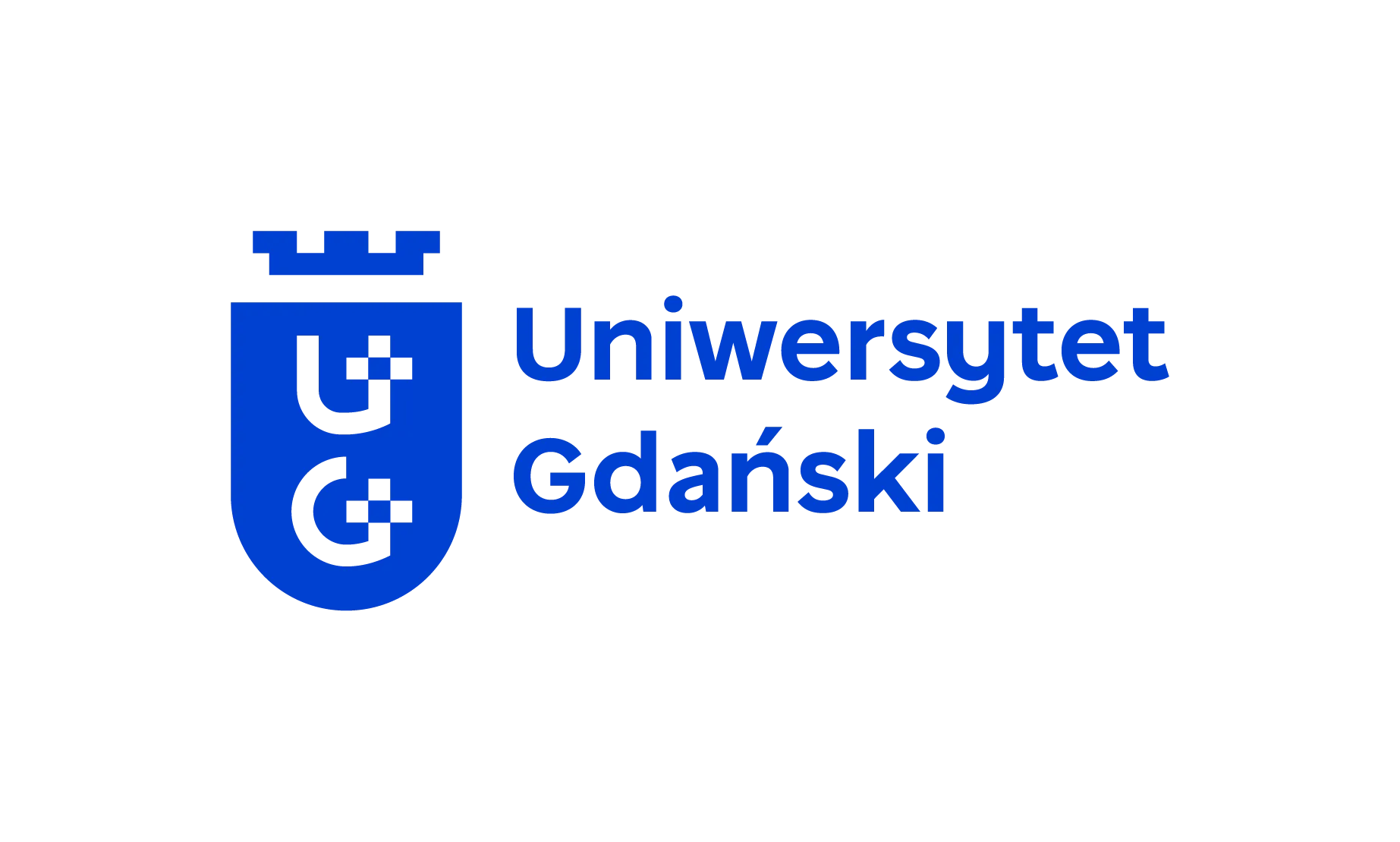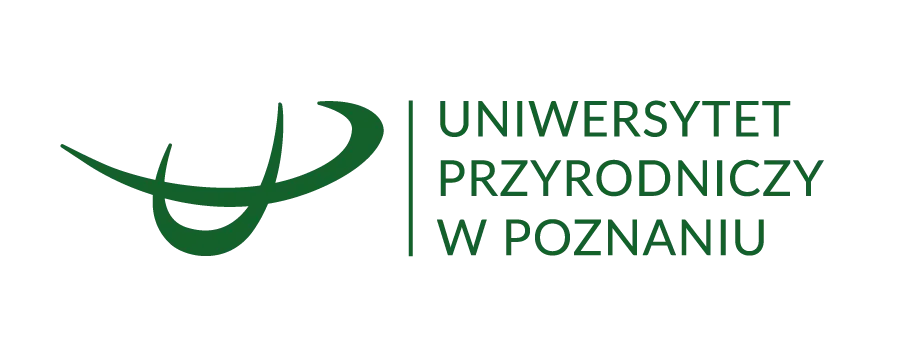
A company from Gdańsk will develop a satellite communication security system based on post-quantum algorithms for ESA. The objective of the project is to create a cryptographic system for satellites that will protect communications against new threats posed by quantum computers.
The European Space Agency (ESA) has selected AROBS Polska (part of the AROBS Group), headquartered in Gdańsk, to develop and implement the Post-Quantum Cryptography Algorithms for Satellite Telecommunication Applications (PQC ASTrAL) project.
According to the media release, the development of quantum computer technology poses cybersecurity challenges related to the potential risk of compromising traditional cryptographic algorithms.
The objective of the PQC ASTrAL project is to implement a quantum attack-resistant cryptographic system, enabling satellites to perform authentication, digital signatures and encryption in a secure and sustainable manner in the long term.
The initiative is being implemented as part of the Advanced Research in Telecommunications Systems (ARTES) Space Systems for Safety and Security (4S) programme at the European Space Agency's Connectivity and Secure Communications Directorate.
AROBS Polska is the main contractor responsible for the development of hardware and important software components. The subcontractor is ResQuant - a company that specialises in cryptographic solutions, responsible for the cryptographic aspects of the project.
'The rapid advancements in quantum computers pose a major challenge to cybersecurity, as traditional encryption systems become vulnerable to the exceptional processing power of future quantum computers. The compromise of cryptographic keys can have serious consequences, ranging from unauthorized interception of communications to the takeover of devices', says Voicu Oprean, founder and CEO of AROBS.
He adds that the solution developed by the company will contribute to the long-term security of satellite communications.
The system will enable the generation and management of cryptographic keys both on satellites and at mission control stations, encryption and authentication of data, the secure authentication and verification of keys using post-quantum methods (standardised in August 2024 by U.S. NIST), as well as the distribution and validation of software packages for satellites.
The solution is designed to comply with international security standards. It will be compatible with SpaceWire and SpaceFibre, two high-speed aerospace communication protocols that facilitate data transfer between on-board satellite systems and other spacecraft, the company reports in the release.
'Securing satellite communications is a complex challenge, especially for long-duration devices with limited physical access. Updating software, cryptographic certificates, and key negotiation mechanisms are critical processes for maintaining security, yet vulnerabilities in current systems might allow attacks through forged digital signatures or compromised cryptographic keys. With the rapid advancements in quantum computers, traditional cryptographic standards no longer provide long-term security guarantees', emphasises Michał Szwajewski, CEO of AROBS Polska.
'By integrating post-quantum algorithms and implementing security mechanisms in hardware, PQC ASTrAL significantly reduces these risks by separating cryptographic processing from core systems and minimizing vulnerabilities to cyberattacks. This approach ensures a high level of security for satellite communications', he adds.
ESA Director for Communications and Secure Communication Laurent Jaffart, quoted in the press release, emphasizes that European National Security Agencies are urging the transition of critical infrastructure to post-quantum cryptography. (PAP)
mat/ zan/













